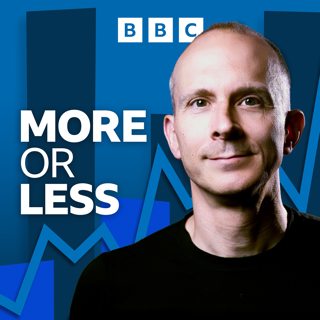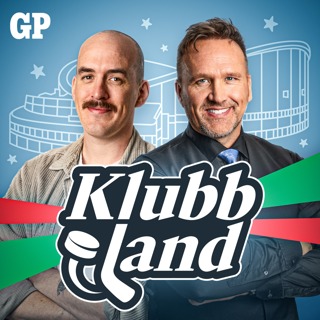
The Parable of the Ox
What does a 'guess the weight of the ox' competition tells us about a bloated and dysfunctional financial system? We find out in the Parable of the Ox written by John Kay of the Financial Times. The tale is told with the help of economics writer James Surowiecki as well as John Kay himself. It also features a brand new composition from the New Radiophonic Workshop.
7 Jan 20139min

The Parable of the Ox
What does a 'guess the weight of the ox' competition tells us about a bloated and dysfunctional financial system? We find out in the Parable of the Ox written by John Kay of the Financial Times. The tale is told with the help of economics writer James Surowiecki as well as John Kay himself. It also features a brand new composition from the New Radiophonic Workshop.
4 Jan 201328min

Numbers of 2012
A special review of the year through the interesting, informative and idiosyncratic numbers of 2012.
31 Dec 20129min

Numbers of 2012
A guide to 2012 in numbers - the most informative, interesting and idiosyncratic statistics of the year discussed by More or Less interviewees.
28 Dec 201227min

Gun Statistics
Tim Harford investigates the numbers in the debate on firearms deaths, and discovers the mathematics of juggling. This programme was first broadcast on the BBC World Service.
24 Dec 20129min

Fact-checking US gun crime statistics
Tim Harford investigates gun crime statistics in the US. Plus, why death is not always the one hard fact that’s hard to fudge; the average age of first-time buyers; whether chocolate makes you clever; the statistical paradox of road collisions caused by deer; and the maths of juggling. Producer Ruth Alexander
21 Dec 201227min

WS MoreOrLess: What is "rare"?
This week: What is ‘rare’? When we say something is rare what do we mean? Lightning strikes which typically kill three people a year in the UK are often described as rare but how do we square that with a condition like motor neurone disease which is also described as rare yet kills 1500 people a year in the UK. Also we speak to Nassim Taleb about his book Anti-fragile.
17 Dec 20129min

The Census and what does 'rare' mean?
Why was the estimate, in 2003, for Eastern Europeans coming to the UK so wrong? Which is better when communicating information words or numbers? Nassim Taleb explains anti-fragility And we'll debunk the oft quoted 'you're never more than 6ft from a rat'
14 Dec 201227min





















